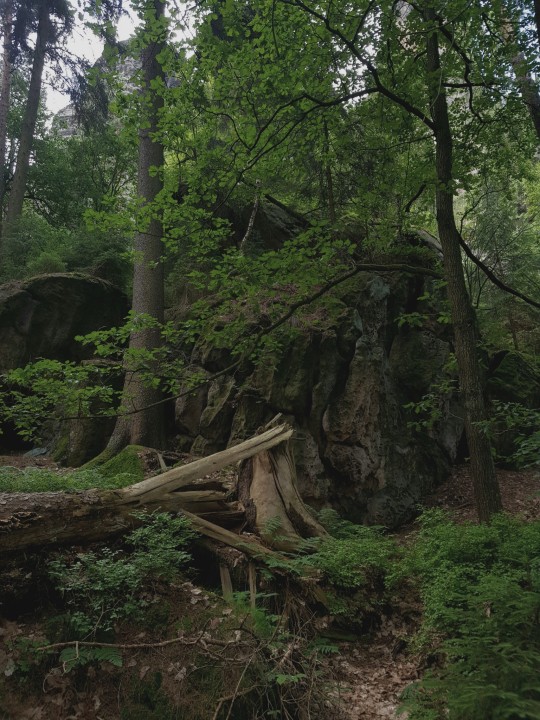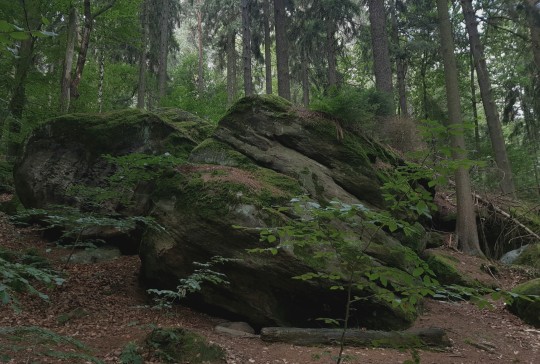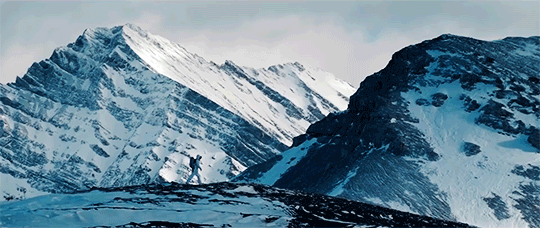#climbing
Text

Yvon Chouinard admires the rock face he just climbed.
Yosemite National Park, California
1964
#vintage camping#campfire light#california#yosemte national park#rock climbing#climbing#camping#history#hiking#1960s
42 notes
·
View notes
Text

29 notes
·
View notes
Text
New Video! This was a Whole Process (tm), so I did something a bit different and recorded a longer video in widescreen format.
This is the VERY abridged version, but if you want to see more, please head to Youtube for the full video!
(I'm not gonna do this for every video, but as I've said before, grappling arrows are too cool to be allowed not to work, so I needed to put the time in!)
Patreon - Youtube
7K notes
·
View notes
Text



Plant of the Day
Friday 9 February 2024
The species Monstera dubia (shingle plant) has juvenile foliage that clings to a host tree trunk or other surface, until the plant matures and produces leaves with splits called fenestrations. This plant is becoming popular as a houseplant.
Jill Raggett
2K notes
·
View notes
Photo

ENVIORAMA phosphorite
An environmental piece completed for Phosphorite, splash
411 notes
·
View notes
Text

Free. Just me and the nature
📍Monte blue
✨✨✨My Instagram✨✨✨
@giuliaisoutside
Everything else: giulia-climbing.com
#climbing#climb#girl#girls#outside#public#nature#nature girl#natural#trip#Italian girl#love#tattoo#tattoo girl#fitness girl#mountains#alps
1K notes
·
View notes
Text

#photography#adventure#summer#aesthetic#beautiful#lifestyle#city#cityscape#sunset#journey#skyscraper#climbing#urban#male
168 notes
·
View notes
Text

"Water, dear?"
Crowley, climbing in the new title sequence:


#They really made my boy climb a mountain#siri play sound of music climb every mountain#Crowley#climbing#Aziraphale#good omens#good omens 2#good omens season 2#ineffable husbands
712 notes
·
View notes
Text

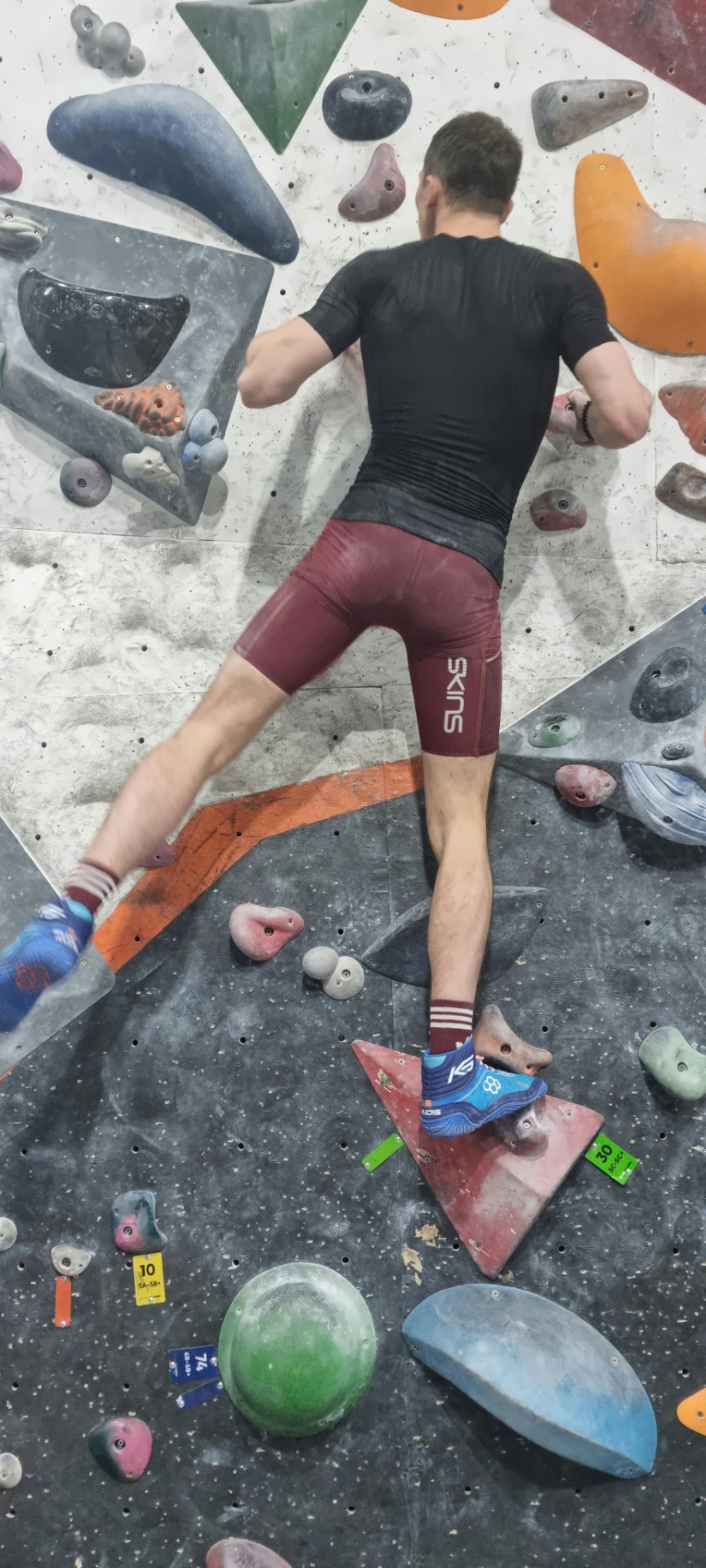
#climb#climbing wall#climbing#my progress#lycra#spandex#sport#men in lycra#compression wear#skins#hotmen#hotboy
132 notes
·
View notes
Text
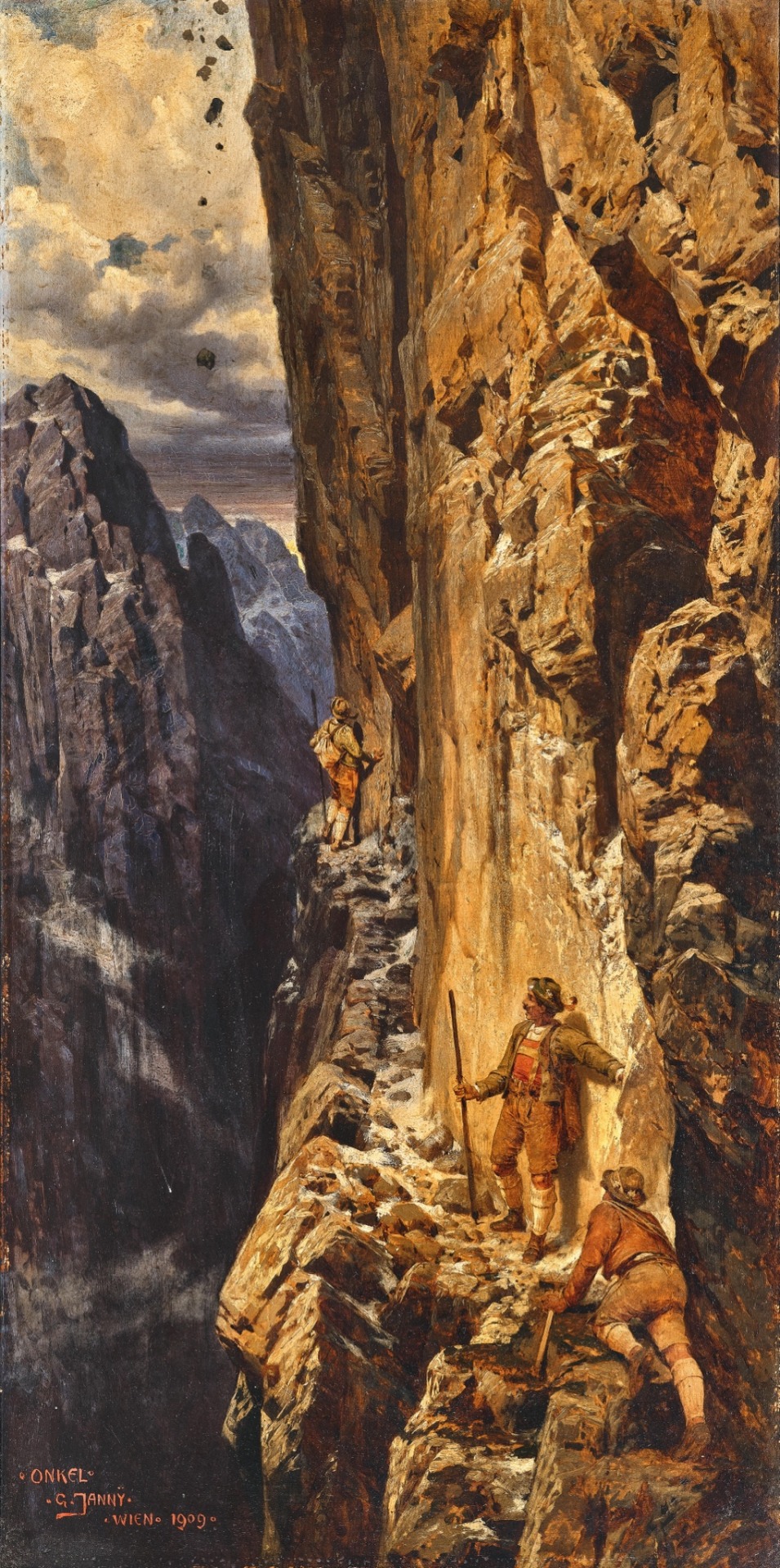
Mountaineers ascending a steep rock face
by Georg Janny
#georg janny#art#mountaineering#mountains#mountain#europe#european#mountaineers#mountaineer#climbers#mountain climbers#climber#climbing#rocky#rocks#landscape#mountainscape#scenery#nature#cliffs#mountain climbing#mountain climber
354 notes
·
View notes
Text
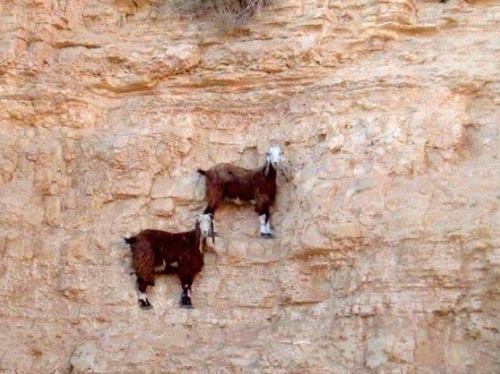
How on earth did these goats get there?
*****
In reality the goats are lying on their sides on rocky ground, looking up at a crane-mounted camera. The photograph was taken some years ago, part of a series reconstructing Central European folk customs and traditions which have fallen from favour or are now prohibited.
This old-fashioned rural blood-sport was originally practiced in parts of Anatolia, Turkey, where the game was called keçi fırlatmak, and also in the Carpathian Alps of Romania, possibly imported during the Ottoman conquest. The name there was aruncarea caprei.
*****
The goats would have been coated in a strong adhesive traditionally distilled from pine resin.(represented pictorially here by darker patches of dye on the flanks) and were then thrown upwards towards a cliff or rock-face with makeshift catapults, often a primitive form of counterweight trebuchet assembled from wooden beams and weighted with rocks.
The game ended when the glue dried and lost adhesion, and the goats fell to their deaths. They were then cooked and eaten, their meat being valued like that of Spanish fighting bulls.
The meat of the last goat to fall (başarılı keçi or cea mai durabilă capră) was prized as a special delicacy and selected cuts from the legs of this particular “winner” goat were often smoked and dried into a kind of jerky.
*****
In his “Grandes Histoires Vraies d'un Voyageur le 1er Avril” (pub. Mensonges & Faussetés, Paris, 1871) French folk-historian, anthropologist and retired cavalry general Gilles-Etienne Gérârd wrote about witnessing a festival near Sighișoara, Transylvania, in 1868.
There he claims to have seen catapults improvised from jeunes arbres, très élastiques et souples - “very springy and flexible young trees” - which were drawn back with ropes and then released.
Bets were placed before the throw, and marks given afterwards, according to what way up the goats adhered and for how long. The reconstruction, with both goats upright, facing outward and still in place, shows what would have been a potential high score.
The practice has been officially banned in both countries since the late 1940s, but supposedly still occurred in more isolated areas up to the end of the 20th century. Wooden beams from which the catapults were constructed could easily be disguised as barn-rafters etc., and of course flexible trees were, and are, just trees.
*****
Gérârd’s book incorrectly calls the goat jerky “pastrami”, to which he gives the meaning "meat of preservation".
While pastrami may be a printing error for the Turkish word bastırma or the Romanian pastramă, both meaning “preserved meat”, at least one reviewer claims that Gérârd misunderstood his guide-translator, who would have been working from rural dialect to formal Romanian to scholarly French.
Since this jerky was considered a good-luck food for shepherds, mountaineers, steeplejacks and others whose work involved a risk of falling, Gérârd's assumption seems a reasonable one.
However, several critical comments on that review have dismissed its conclusion, claiming "no translator could be so clumsy", but in its defence, other comments point out confusion between slang usage in the same language.
One cites American and British English, noting that even before differences in spelling (tire / tyre, kerb / curb etc.) "guns" can mean biceps or firearms, "flat" can mean a deflated wheel or a place to live, "ass" can mean buttocks or donkey and adds, with undisguised relish, some of the more embarrassing examples.
This comment concludes that since the errors "usually make sense in context", Gérârd's misapprehension is entitled to the same respect.
*****
The good-luck aspect of the meat apparently extended to work which involved "falling safely", since its last known use was believed to be in ration packs issued to the 1. Hava İndirme Tugayı (1st Airborne Brigade) of the Turkish Army, immediately before the invasion of Cyprus in July 1974.
Nothing more recent has been officially recorded, because the presence of cameras near military bases or possible - and of course illegal - contests is strongly (sometimes forcefully) discouraged, and the sport’s very existence is increasingly dismissed as an urban or more correctly rural legend.
The official line taken by both Anatolian and Carpathian authorities is that it was only ever a joke played on tourists, similar to the Australian “Drop-bear”, the Scottish “Wild Haggis” and the North American “Jackalope”.
They dismiss the evidence of Gérârd’s personal observation as “a wild fable to encourage sales of his book”, “a city-dweller’s misinterpretation of country practices”, or even “the deliberate deception of a gullible foreigner by humorous peasants”.
And as for those paratroop ration packs, Turkish involvement in Cyprus is still such a delicate subject that the standard response remains “no comment”.
80 notes
·
View notes
Text
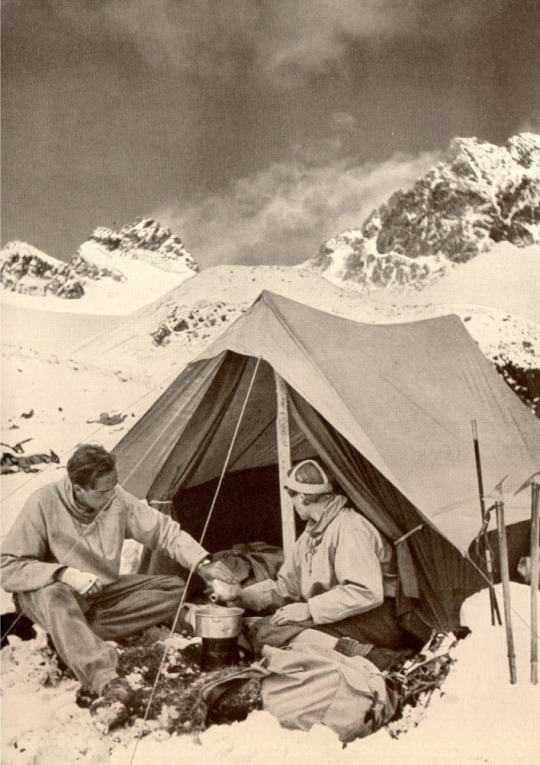
Boiling water for tea in the Alps.
Austria
1935
#vintage camping#campfire light#Austria#alps#camping#history#hiking#climbing#adventure#exploring#1930s
733 notes
·
View notes
Text
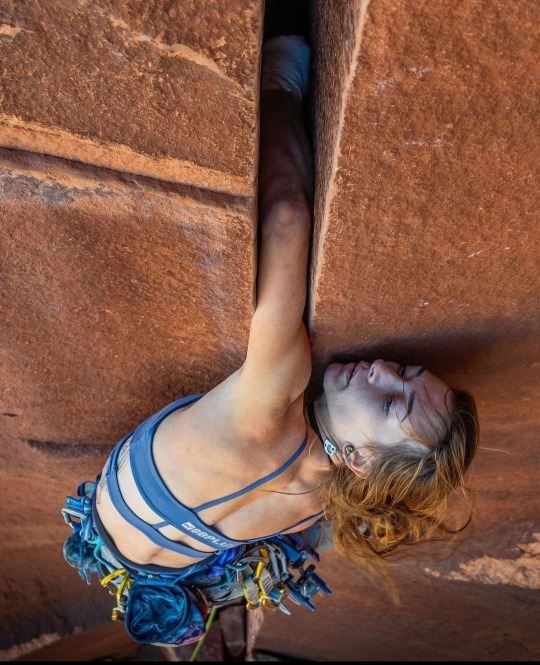
92 notes
·
View notes
Text
430 notes
·
View notes

